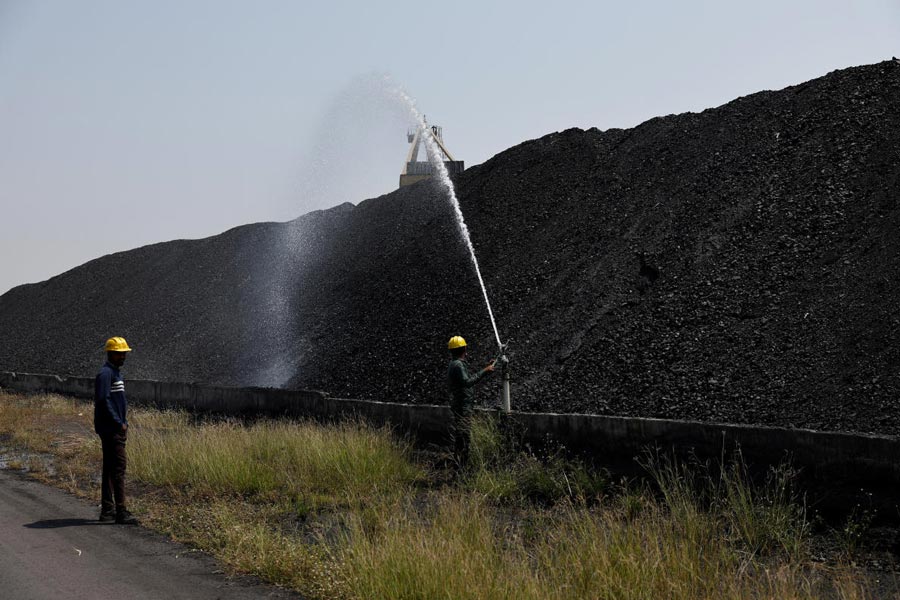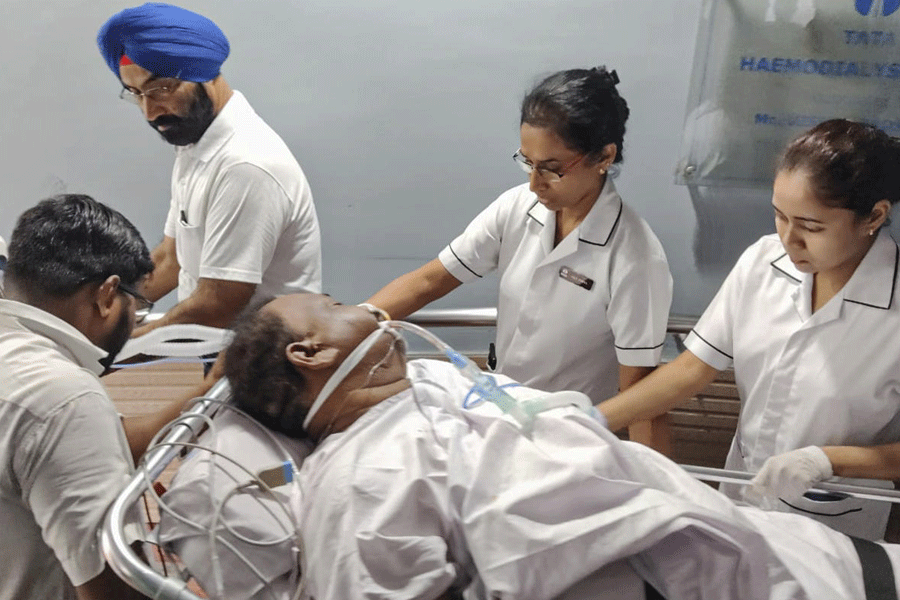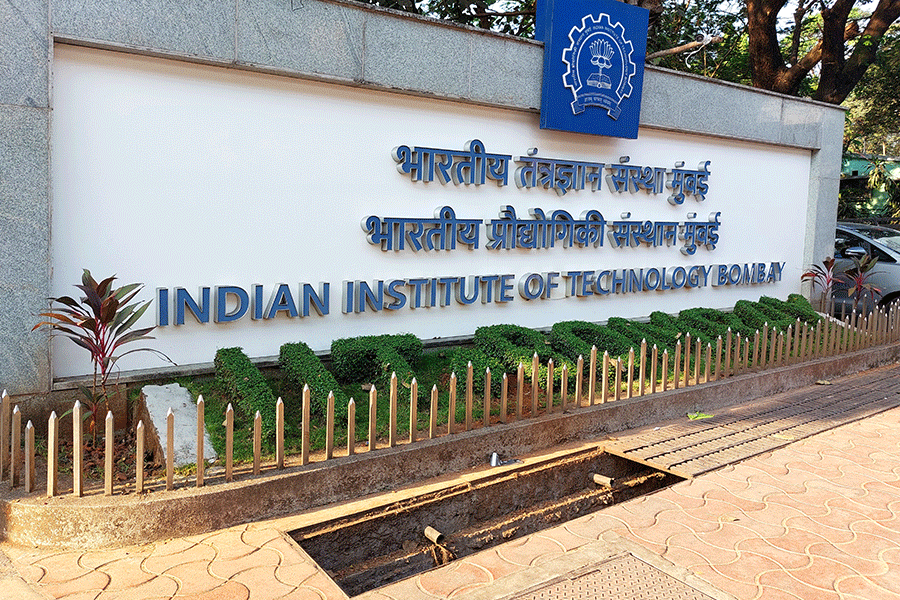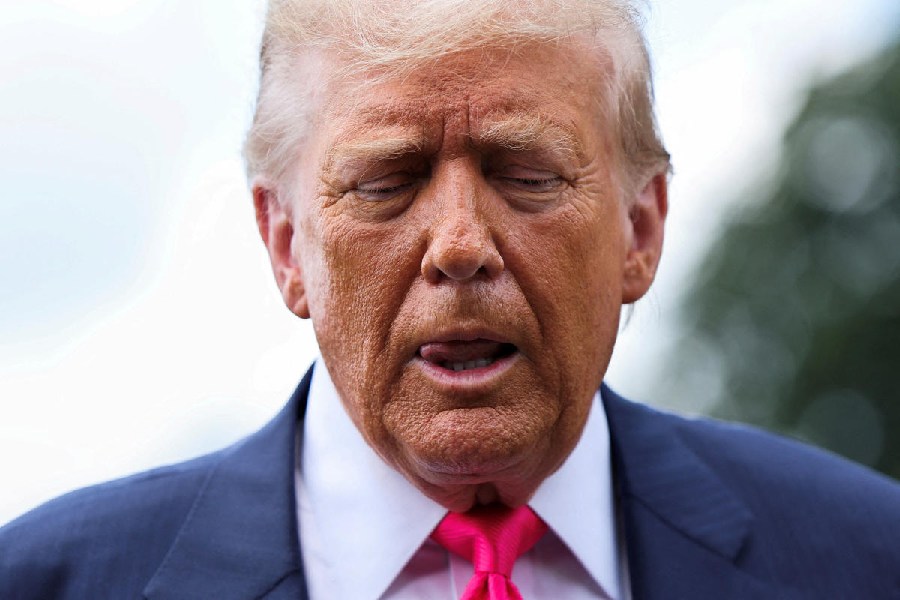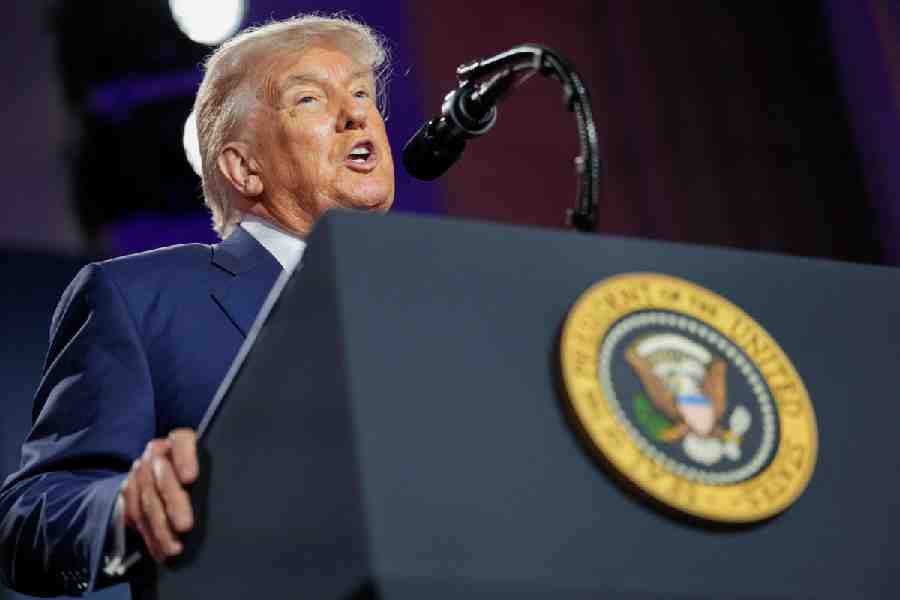.jpg)
Abhirup Chowdhury's case had several doctors at Pune baffled. The 25-year-old had a significantly low platelet count. When the otherwise healthy youth went for blood tests at different diagnostic labs in the city, the results were the same: his platelet count was less than 60,000 per microlitre (mcL). A normal count ranges between 150,000 and 400,000 mcL.
Platelets (or thrombocytes) are blood cells that help your body form clots to stop bleeding. If one of your blood vessels gets damaged, a whole lot of platelets rush to the site of injury and form a clot to repair the damage.
When someone is found to have low platelet count, this characteristic of blood is called thrombocytopenia. This does not cause any problems usually, unless the platelet count goes further down. And when it falls below 50,000, a minor bruise or injury can make things serious and bleeding can be hard to stop. Some people get purple or red bruises, nosebleeds or bleeding gums.
But Chowdhury had none of these. The government officer says, "I was not even aware of this strange characteristic in my blood until I appeared for a medical test after having cleared a job interview." Since doctors in the panel had never seen a case like this, his job offer went into limbo for a while. "They believed I had some hidden critical disorder even though I was perfectly hale and hearty," says the bubbly young man.
After repeated tests and consultations with several doctors at Pune, he happened to visit Dr Debasis Banerjee, a consultant haematologist in Calcutta. For most haematologists in Calcutta, this is not an unusual case. "Once considered rare and obscure, such cases of congenital thrombocytopenia are now not rare as measuring the quantity of platelets has become part of routine blood tests," says Dr Banerjee. He knew that Chowdhury had Harris platelet syndrome (HPS). "Although these people harbour fewer platelets these particular blood cells are unusually large, as if to compensate for the missing numbers," he adds.
Chowdhury was not the first person who had to be issued a special medical certificate by Dr Banerjee. Earlier, his certificates had helped two officers at a shipping company retain their jobs after they were detected with unusually low platelet counts. "Many medical experts are not aware of HPS and its propensity in the inhabitants of eastern India and some ethnic populations in the Mediterranean region, China and Africa," he says.
The haematologist stressed that it's extremely important to recognise and diagnose HPS, as nearly one out of six people in certain areas of the subcontinent possess the anomaly. Lack of awareness and misdiagnoses create confusion and medical mistakes. During dengue outbreaks - when platelet counts fall - patients who have HPS are unnecessarily hospitalised. Also, low platelet counts discourage surgeons from operating on patients, apprehending that cuts will not heal.
Haematologists at Vellore's Christian Medical College (CMC) were the first to notice that many people from eastern and northeastern India, Bangladesh, Bhutan and Nepal have low platelet counts. During screening of blood donors from eastern India - usually friends or relatives of patients undergoing treatment at CMC - doctors found that approximately one out of six of them had a platelet count below 150,000 per microlitre (mcL). This was low compared with platelet counts of people in southern India.
Moreover, a majority of these donors were found to have platelets that were quite large. This was an incidental finding; it was also observed that donors did not have any symptoms related to thrombocytopenia. But they were rejected for failing to meet the cut-off for pre-donation platelet counts. And because they constituted a huge donor pool, their rejection caused a setback to blood donations.
Since people with HPS have giant platelets, auto-analyser machines used in blood tests mistake the huge platelets for red blood cells (which are normally five times as large), reading a low platelet count. So, relying only on machine counts may lead to rejection of donors who actually might have a platelet count over 1.5 lakh per McL. To root out such confusion, haematologists go for a traditional blood smear test [a drop of blood is smeared on a glass slide and stained in a way so as to allow blood cells to be examined microscopically] to verify the platelet count given by auto-analysers. However, to do this one needs to draw the blood with finesse.
Haematologists have also wondered how platelets in people with HPS do their work so smoothly despite being so few in number. To find out, Dr Banerjee collaborated with a team of proteomics experts at the Saha Institute of Nuclear Physics (SINP). Led by biophysicist Abhijit Chakrabarti, they were able to find out how the limited number of platelets accomplish their rescue job (rushing to the site of bleeding and repairing the damage efficiently in moments).
In a research paper in the European Journal of Haematology, they reported how fewer platelets undergo changes at the level of proteins to maintain their structural and functional integrity after having transformed themselves into "giants". "Following on the lines of modern management principles I can say these platelets constitute a lean workforce that work all the more efficiently," says Dr Banerjee.
It took nearly two years for Abhirup Chowdhury to explain all this - with help from doctors and scientists at Calcutta - to get his job confirmed. Now his employer knows that the giant platelets he's born with is an ethnic variation. It is but natural in India, a country that is home to people of various ethnic identities.

.jpg)



